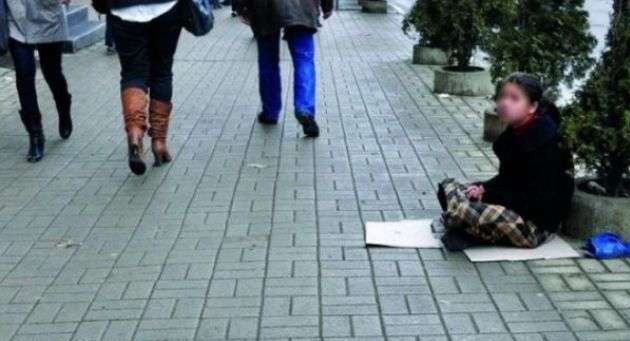 |
| Children begging in Tirana |
According to a recent report by the World Bank, which assesses how COVID-19 can affect Poverty and Family Welfare in the Western Balkans, self-employed people with informal employment and those with temporary or non-temporary employment are, particularly at risk.
Government measures in response to the crisis, which help firms in the formal sector to maintain jobs, will not be able to reach directly informal employees. Many of these informal or self-employed employees are not beneficiaries of social assistance, the last means of protection reserved for the poorest, leaving them vulnerable. About 14 to 33 percent of employees in sectors heavily affected by the COVID19 crisis in the economies of the Western Balkans are self-employed, and therefore they are even more vulnerable. This percentage is particularly high in Albania and Kosovo.
Nearly a third of workers in crisis sectors, mainly in Albania and Kosovo, are self-employed and particularly at risk of losing their income.
Poverty may reach up to 48%
Albania: The crisis caused by COVID-19 and the restrictive measures are expected to reverse the recent achievements in reducing poverty in Albania. In March, Albania decided to close hotels, theaters and non-vital trade activities and restricted the movement of people both inside and outside the country. Many industry sectors, including textiles, mining, telephone and construction centers, were forced to reduce activity due to the implementation of measures for social distancing but also due to declining demand as a result of the collapse of export orders. It is likely that Albanian emigrants will also be affected by this global crisis, which will lead to a reduction in income and, consequently, remittances.
According to the simulations performed for this note, it is estimated that the poverty rate in Albania may increase by 4 to 8 pp, going to about 40 percent in the first scenario and 44 percent in the second scenario. Thus, according to the most optimistic scenario, poverty would reach the level of 2012, and, according to the most pessimistic scenario, it would be equal to the level of 2005.
Since most people working in agriculture are already poor, and simulation does not assume a decrease in income in agriculture, the increase in poverty will come mainly as a result of people in cities working in the service sector and expected to lose some considerable revenues of their income.
